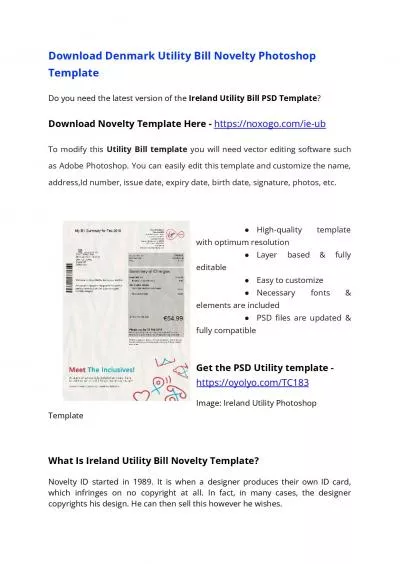PPT-Scotland and Northern Ireland General EQA Scheme
Author : davis | Published Date : 2022-06-11
Educational cases E1ampE2 Dr Kate Struthers E1 55 year old 9mm papule right temple E1 E1 E1 CD45 E1 84 responses Cutaneous Lymphadenoma 24 Cutaneous lymphadenoma
Presentation Embed Code
Download Presentation
Download Presentation The PPT/PDF document "Scotland and Northern Ireland General EQ..." is the property of its rightful owner. Permission is granted to download and print the materials on this website for personal, non-commercial use only, and to display it on your personal computer provided you do not modify the materials and that you retain all copyright notices contained in the materials. By downloading content from our website, you accept the terms of this agreement.
Scotland and Northern Ireland General EQA Scheme: Transcript
Download Rules Of Document
"Scotland and Northern Ireland General EQA Scheme"The content belongs to its owner. You may download and print it for personal use, without modification, and keep all copyright notices. By downloading, you agree to these terms.
Related Documents














